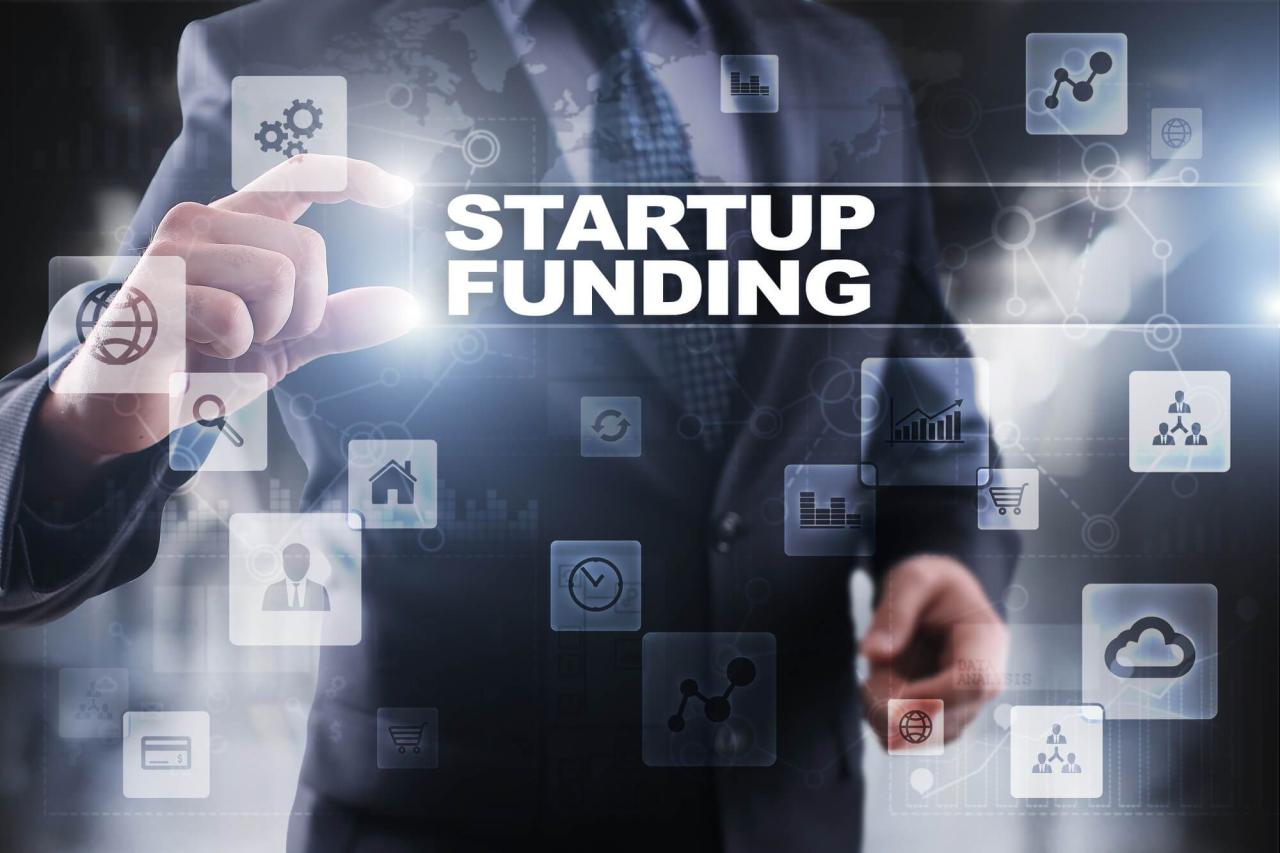In recent years, the startup ecosystem has witnessed unprecedented growth in venture capital (VC) investments. As entrepreneurs innovate across sectors—from fintech and biotech to clean energy and artificial intelligence—investors are eager to back high-potential ventures that promise outsized returns. In Q1 2025 alone, global venture funding surpassed $150 billion, marking the strongest quarter on record and underscoring robust investor confidence in early-stage companies. This surge has been driven by a combination of abundant dry powder, technological breakthroughs, and evolving market needs. For founders and stakeholders, understanding the dynamics behind this record funding environment is crucial for navigating the competitive landscape and securing the capital necessary to scale.
The Surge in Venture Capital
Over the past decade, venture capital has evolved from a niche asset class to a mainstream investment vehicle. Traditional financial institutions, sovereign wealth funds, and family offices now allocate significant portions of their portfolios to startups. According to PitchBook, the number of mega-rounds (investments exceeding $100 million) hit an all-time high in 2024, with more than 500 such deals globally. This trend continued into 2025, fueled by the maturation of technologies like generative AI and advanced genomics. As a result, Series A and B valuations have climbed steadily, creating a fertile environment for later-stage rounds and IPO preparations.
Key Drivers Behind Record Funding
A. Abundant Dry Powder Investors are sitting on record amounts of unallocated capital—often referred to as “dry powder”—which they are eager to deploy. Pension funds, endowments, and large institutional investors have increased their allocations to venture, driving up fund sizes and enabling VCs to write larger checks.
B. Technological Breakthroughs Innovations in AI, machine learning, synthetic biology, and quantum computing have created new market opportunities. Startups harnessing these technologies can demonstrate strong product-market fit and scalable business models, attracting significant investor interest.
C. Globalization of Deal Flow Emerging markets in Southeast Asia, Latin America, and Africa are producing high-growth startups that appeal to global investors seeking diversification. Local success stories, such as India’s fintech unicorns and Brazil’s e-commerce platforms, have drawn attention to regions beyond Silicon Valley.
D. Exit Potential The robust IPO and M&A markets of 2024 have boosted investor confidence. High-profile exits, including several unicorns going public at multi-billion-dollar valuations, have validated the venture model and encouraged further investment.
E. Sectoral Tailwinds Certain sectors—particularly healthtech, climate tech, and cybersecurity—have benefited from macroeconomic and regulatory trends. Government incentives for clean energy and heightened cybersecurity mandates for enterprises have created favorable conditions for startups in these areas.
Geographic Trends
North America remains the largest recipient of VC funding, accounting for approximately 45 percent of global deal value in early 2025. The United States alone saw over $70 billion in investments, with California, New York, and Massachusetts leading the charge. Europe has also gained momentum: the United Kingdom, Germany, and France combined attracted nearly $30 billion, driven by strong fintech and deep-tech ecosystems. Meanwhile, Asia-Pacific is on the rise, with China and India at the forefront. India’s startup funding reached a record $25 billion in Q1 2025, propelled by digital payments and edtech ventures. Southeast Asian hubs like Singapore and Indonesia are similarly benefiting from regional integration and supportive government policies.
Sectoral Breakdown
A. Fintech Fintech startups continued to dominate VC deal counts, capturing more than 20 percent of total investments. Innovative payment platforms, neobanks, and blockchain-based solutions attracted large rounds.
B. Healthtech and Biotech Accelerated by lessons from the pandemic, healthtech and biotech firms raised over $40 billion globally, focusing on telemedicine, diagnostics, and personalized medicine.
C. Climate Tech Startups addressing carbon capture, renewable energy storage, and sustainable agriculture secured nearly $15 billion, buoyed by increased ESG mandates and green stimulus packages.
D. Artificial Intelligence AI-focused companies, spanning from generative AI applications to enterprise automation, garnered $35 billion in funding, reflecting broad adoption across industries.
E. Cybersecurity With rising cyber threats, security startups attracted $10 billion, investing heavily in zero-trust architectures, threat intelligence, and cloud security solutions.
F. Consumer Tech Direct-to-consumer brands and social commerce platforms raised $12 billion, leveraging digital marketing and influencer partnerships to reach niche audiences.
Profiles of Notable Rounds

In Q1 2025, several landmark deals illustrated the depth and breadth of venture activity:
A. QuantumLeap AI closed a $500 million Series C at a $5 billion valuation to advance its quantum machine-learning platform.
B. GreenHarvest secured $300 million in growth capital for its modular vertical farms, targeting urban food supply chains.
C. MedSync Health raised $250 million to expand its AI-driven patient-monitoring solutions in hospitals across North America and Europe.
D. FinEdge attracted $400 million in a late-stage round, aiming to disrupt traditional banking with its blockchain-based cross-border payment network.
E. EduSphere obtained $200 million to scale its adaptive learning platform in emerging markets, leveraging gamification and analytics.
Impact on the Startup Ecosystem
This influx of capital has multiple implications:
A. Higher Valuations Startups are commanding elevated pre-money valuations, which can benefit founders but also raise the bar for future performance.
B. Increased Competition With more funds chasing deals, due diligence processes have accelerated, and term sheets are being signed more quickly.
C. Talent War Deep pockets allow startups to offer competitive compensation packages, intensifying competition for top engineering and product talent.
D. Innovation Acceleration Well-funded companies can invest in R&D, pursue ambitious product roadmaps, and enter new markets faster than ever.
E. Potential Overhang Concerns about overcapitalization have emerged, with some analysts warning of down rounds if growth expectations are not met.
Challenges and Risks
Despite the optimism, several challenges warrant attention:
A. Macroeconomic Uncertainty Rising interest rates and inflationary pressures could temper investor enthusiasm, particularly for early-stage deals with longer time horizons.
B. Regulatory Headwinds Increased scrutiny of big tech and data privacy regulations may impose additional compliance costs on startups, especially in fintech and healthtech.
C. Market Saturation Certain verticals, like food delivery and e-commerce marketplaces, face saturation and margin compression, making differentiation crucial.
D. ESG and Impact Expectations Investors are demanding stronger environmental, social, and governance (ESG) metrics, requiring startups to integrate sustainability and social impact into their business models.
E. Exit Market Volatility While IPOs have been strong, public market volatility could delay exits and affect post-IPO performance, influencing future fundraising.
Strategies for Startups to Attract Funding
A. Demonstrate Traction Showcase key metrics—revenue growth, customer retention, and unit economics—to build investor confidence.
B. Build a Scalable Model Highlight how technology and processes can support rapid scaling without proportional increases in costs.
C. Articulate a Clear Vision Craft a compelling narrative around the problem being solved, market opportunity, and long-term strategy.
D. Strengthen the Team Assemble a balanced founding team with complementary skills and proven domain expertise.
E. Prioritize Governance Implement robust corporate governance, financial controls, and advisory boards to reduce investor risk.
F. Leverage Strategic Partnerships Collaborate with established players for distribution, technology integration, or co-development to validate market potential.
G. Optimize Capital Structure Balance equity and debt, consider SAFE notes or convertible instruments, and maintain flexibility for future rounds.
H. Engage Early with Investors Cultivate relationships with VCs and angel networks well before the fundraising window opens to ensure alignment and timely execution.
I. Highlight ESG Initiatives Showcase sustainability and social impact efforts to appeal to impact investors and ESG-focused funds.
Future Outlook

Looking ahead, venture capital is poised to remain a critical driver of innovation and economic growth. Continued advancements in AI, biotech, and clean technologies will create new investment frontiers. However, investors and founders must navigate evolving macroeconomic conditions, regulatory landscapes, and competitive pressures. Collaboration between startups, corporates, and governments will be essential to unlock large-scale solutions for global challenges such as climate change and healthcare access. As the venture ecosystem matures, emphasis on sustainable growth, rigorous governance, and measurable impact will define the next wave of successful enterprises.
Conclusion
The record-breaking venture capital environment of 2025 reflects deep investor conviction in the transformative power of startups. By understanding the drivers of this surge, recognizing emerging risks, and adopting strategic best practices, entrepreneurs can position their ventures to capitalize on abundant funding opportunities. As the ecosystem continues to evolve, those who combine visionary leadership with disciplined execution will emerge as the next generation of industry leaders.






